Periodic Orbits Around L2
In this section, the periodic orbits of Lagrange point L2 are shown, where L2 is the point that is past the secondary body in the positive radial direction. Lagrange point L2 has all the same types of periodic orbits as L1 with the addition of the butterfly periodic orbit.
Lyapunov
A Lyapunov orbit is a planar orbit about either L1, L2, or L3 in the radial and in-track plane. These orbits revolve around the respective Lagrange point in the clockwise direction when viewing the positive cross-track direction. Figure 6-1 shows the L2 Lyapunov periodic orbits.
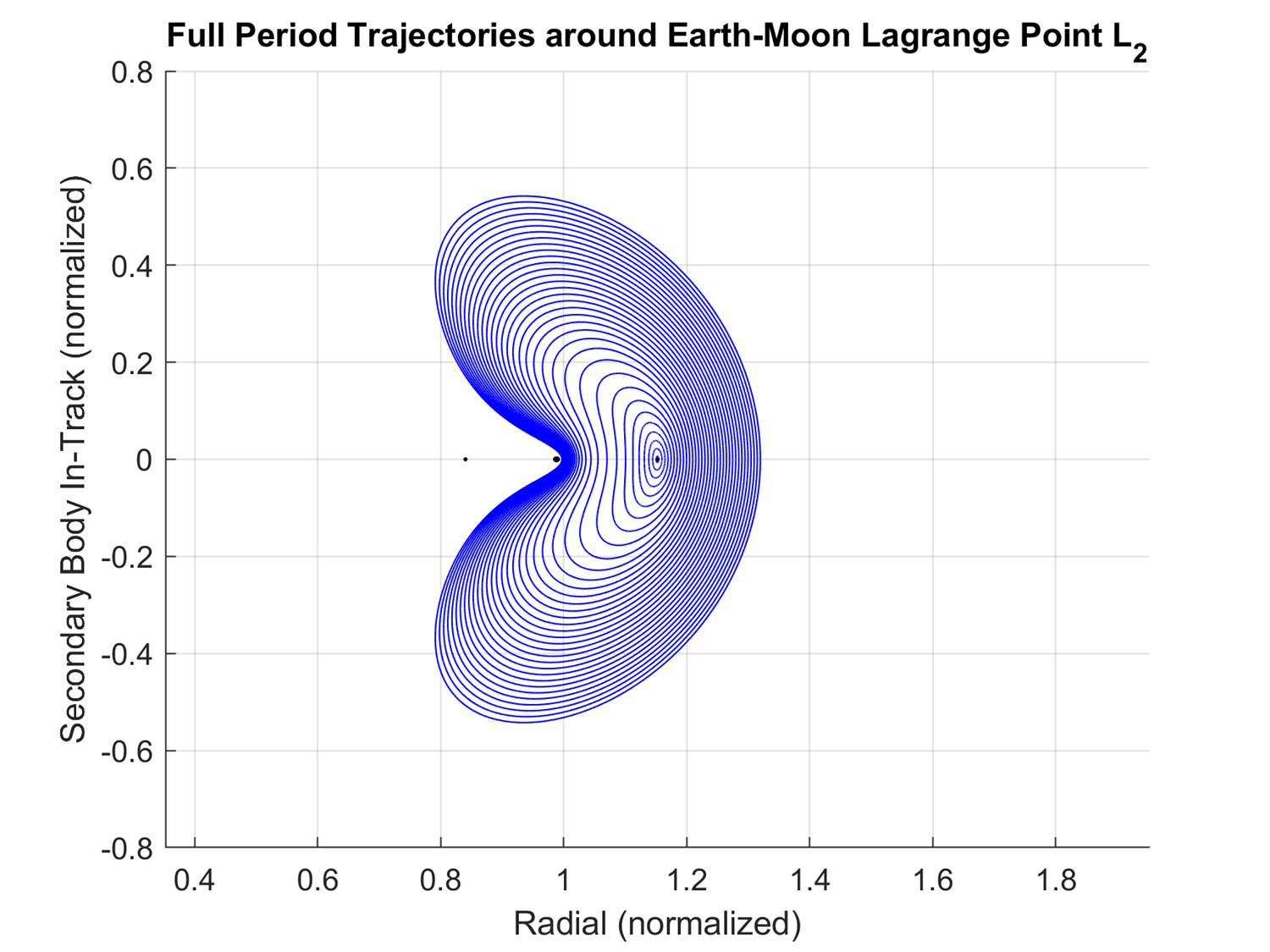
Figure 6-1: The Lyapunov periodic orbits around L2.
Northern Halo
The northern halo orbits for L2 are similar to those of L1 as shown below. Figure 6-2 shows the compilation of the northern halo periodic orbits with the L1, L2, and the Moon labeled. Figure 6-3 shows the same compilation of the northern halo orbits about L2 but from the positive radial direction looking towards the center of the frame. Figure 6-4 shows the same compilation of the northern halo orbits about L2 but from the negative in-track direction looking towards the Moon.
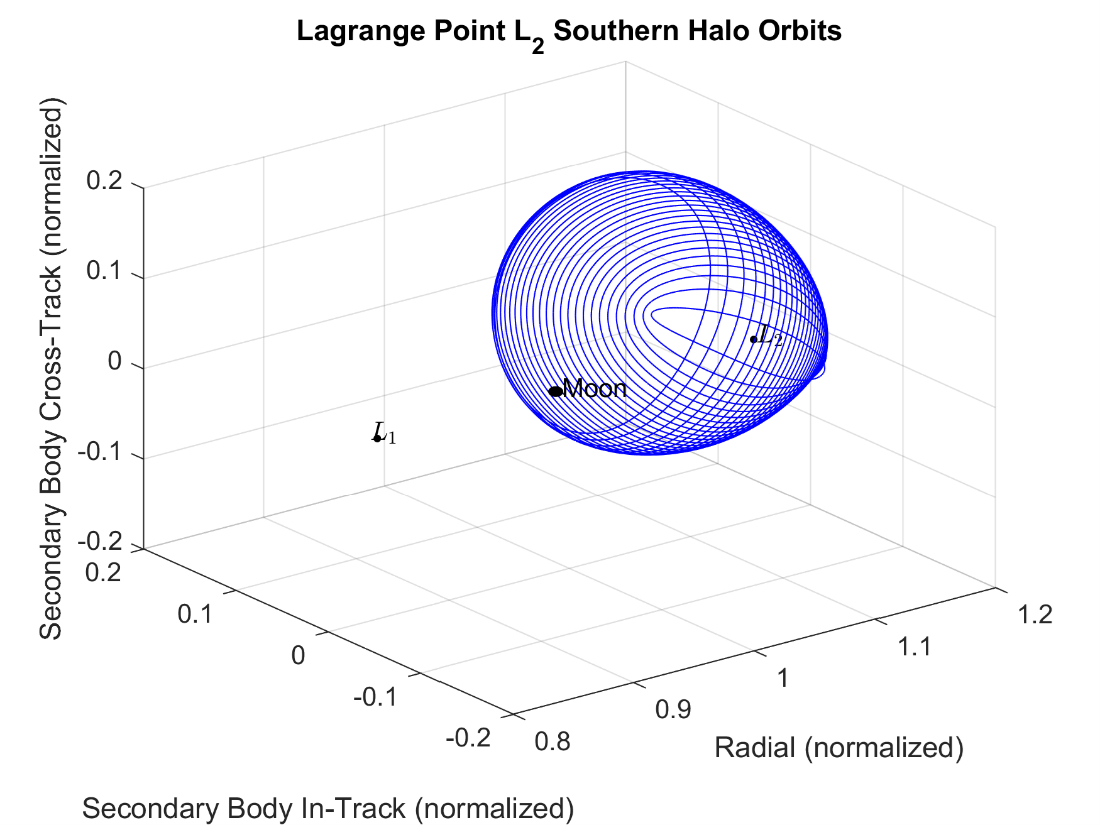
Figure 6-2: The northern halo periodic orbits about L2.
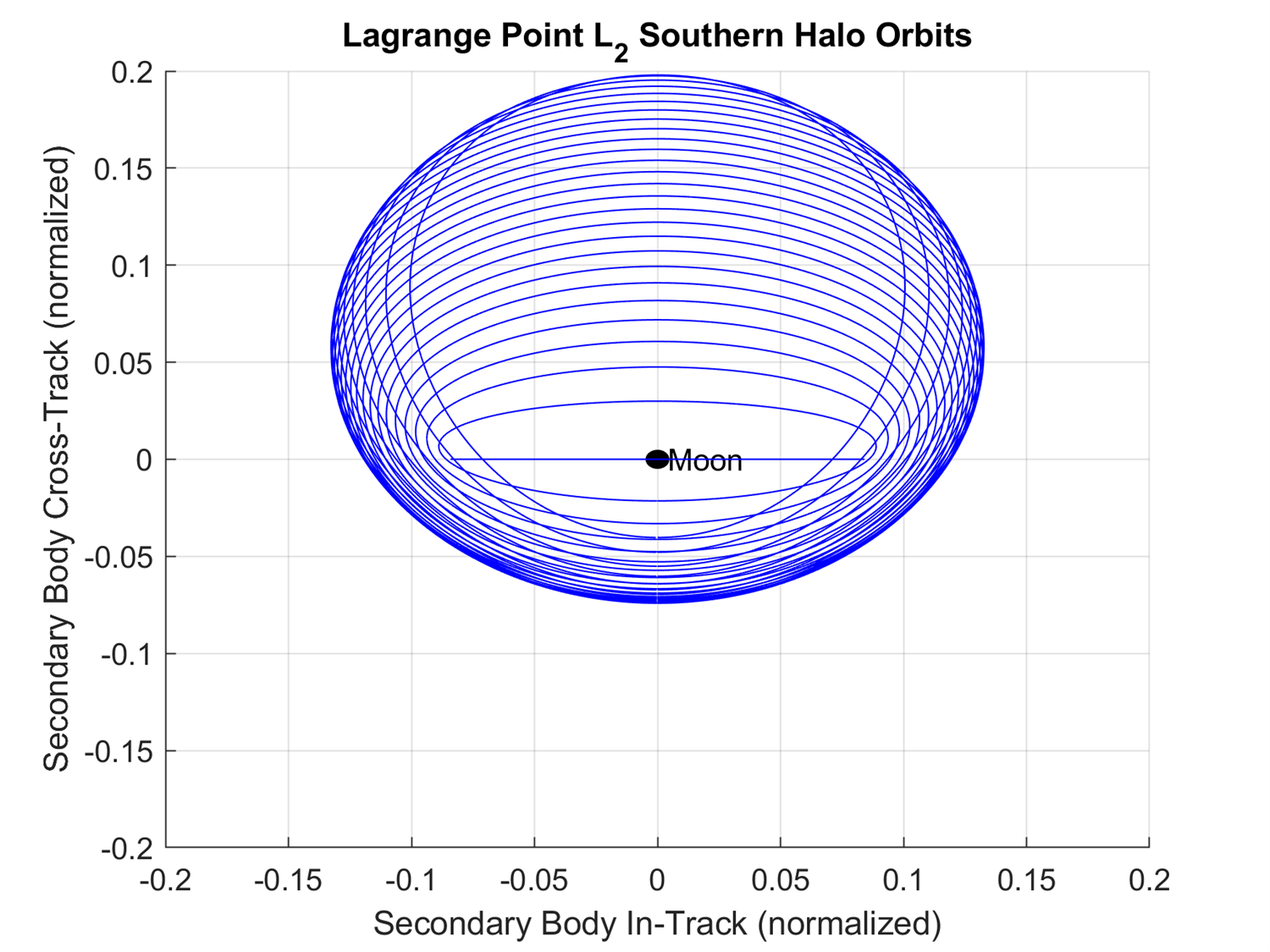
Figure 6-3: The northern halo periodic orbits about L2.
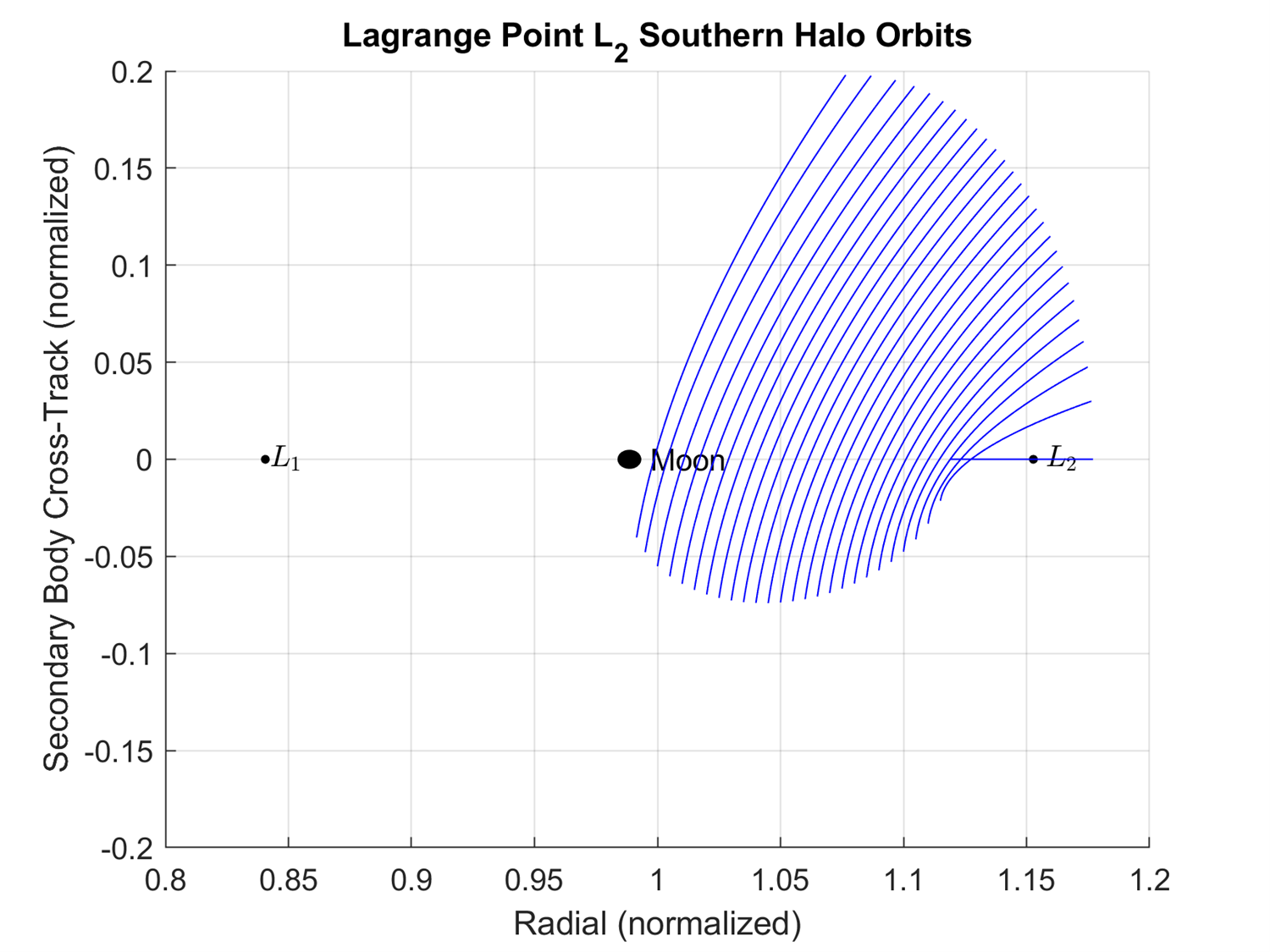
Figure 6-4: The northern halo periodic orbits about L2.
Southern Halo
The southern halo orbits are similar to the northern halo orbits but spend the majority of their orbit below the radial and in-track plane. The method of calculating the southern halo orbits is identical to that of the northern halo orbits shown on the STM page.
Figure 6-5 shows the compilation of the southern halo periodic orbits with the L1, L2, and the Moon labeled. Figure 6-6 shows the same compilation of the northern halo orbits about L2 but from the positive radial direction looking towards the center of the frame. Figure 6-7 shows the same compilation of the northern halo orbits about L2 but from the negative in-track direction looking towards the Moon.
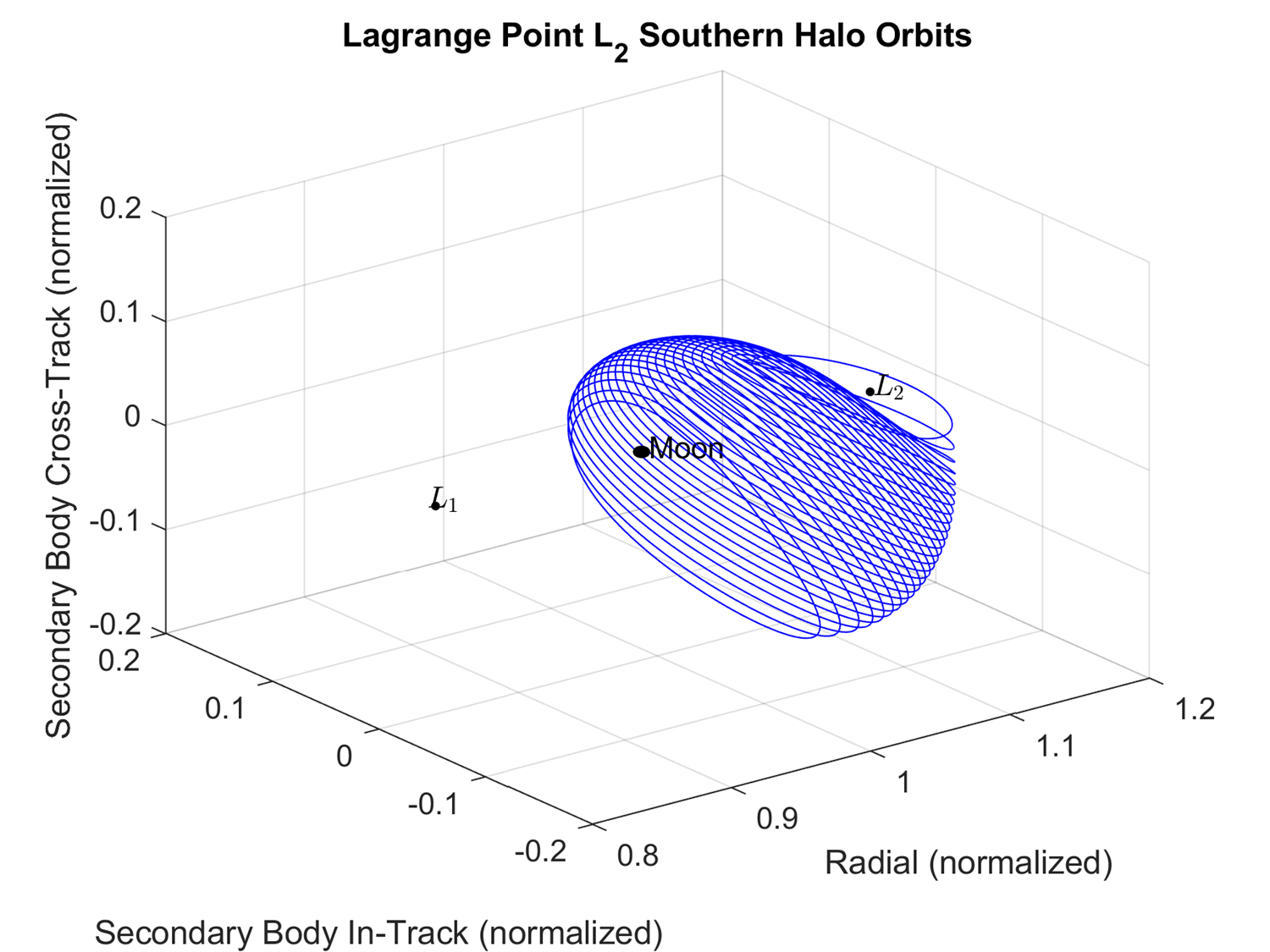
Figure 6-5: The northern halo periodic orbits about L2.
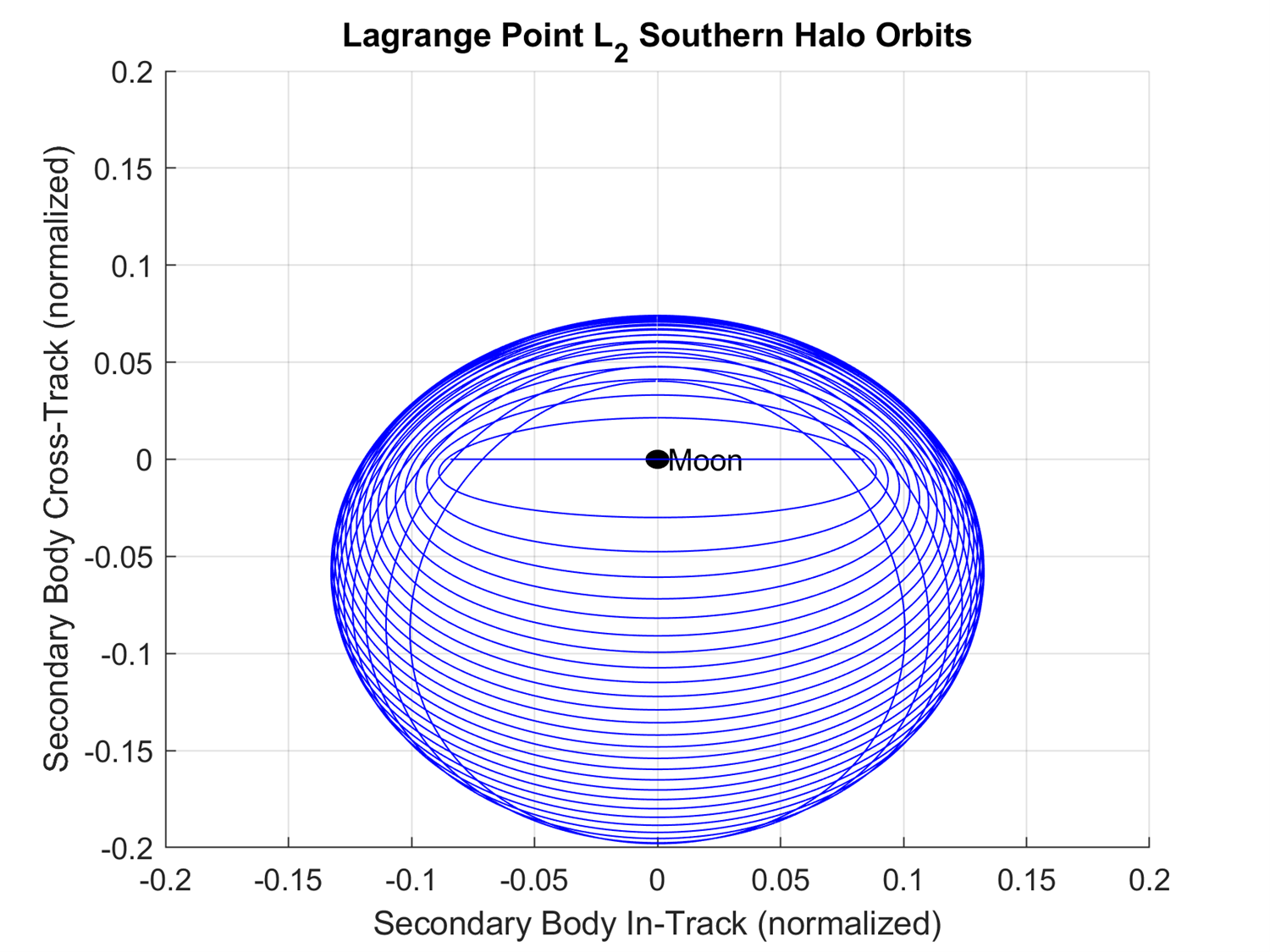
Figure 6-6: The northern halo periodic orbits about L2.
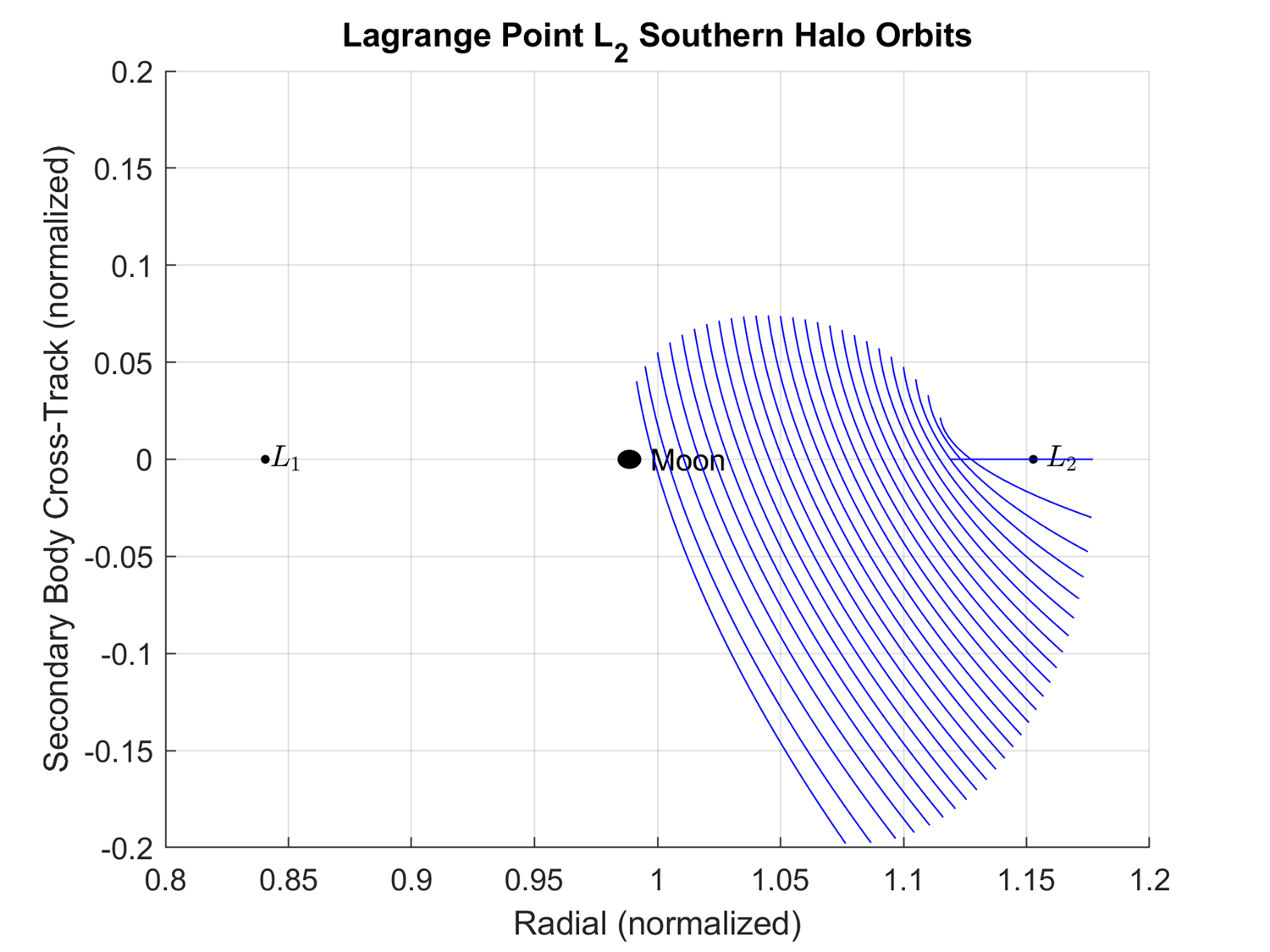
Figure 6-7: The northern halo periodic orbits about L2.
Northern Axial
The northern axial periodic orbits around L2 are similar to those around L1. The axial orbits correspond to a specific planar orbit that extends out into the cross-track direction. As the cross-track velocity increases, the radial width of the orbit shrinks until the cross-track velocity is at its maximum and the orbit becomes a vertical orbit. An axial orbit is considered northern when its cross-track position is be positive after crossing the radial axis heading in the positive in-track direction.
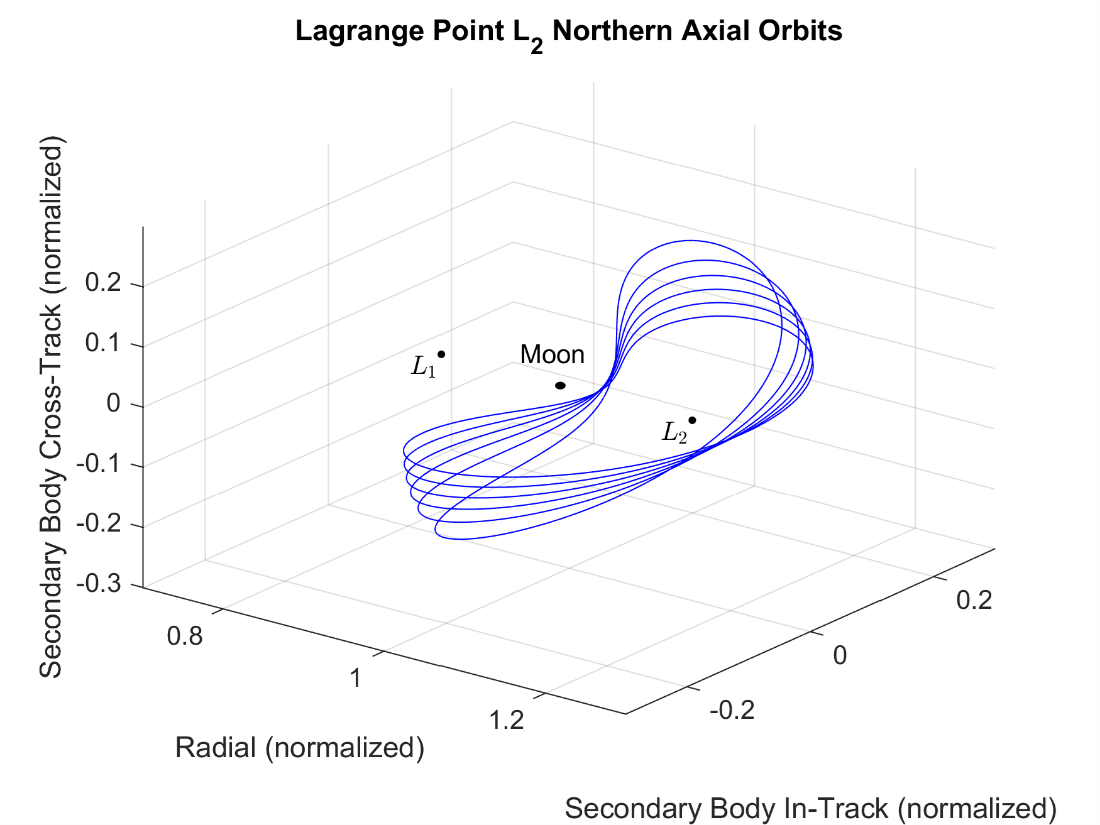
Figure 6-8: The northern axial periodic orbits about L2.
Southern Axial
The southern axial periodic orbits are nearly identical to the corresponding northern axial periodic orbits to the Lagrange point, except with the initial cross-track velocity in the negative direction when crossing the radial axis heading in the positive in-track direction. An axial orbit is considered southern when its cross-track position is be negative after crossing the radial axis heading in the positive in-track direction. Similarly, to the northern axial orbits, the southern axial orbits correspond to a specific planar orbit that extends out into the cross-track direction. As the cross-track velocity increases, the radial width of the orbit shrinks until the cross-track velocity is at its maximum and the orbit becomes a vertical orbit.
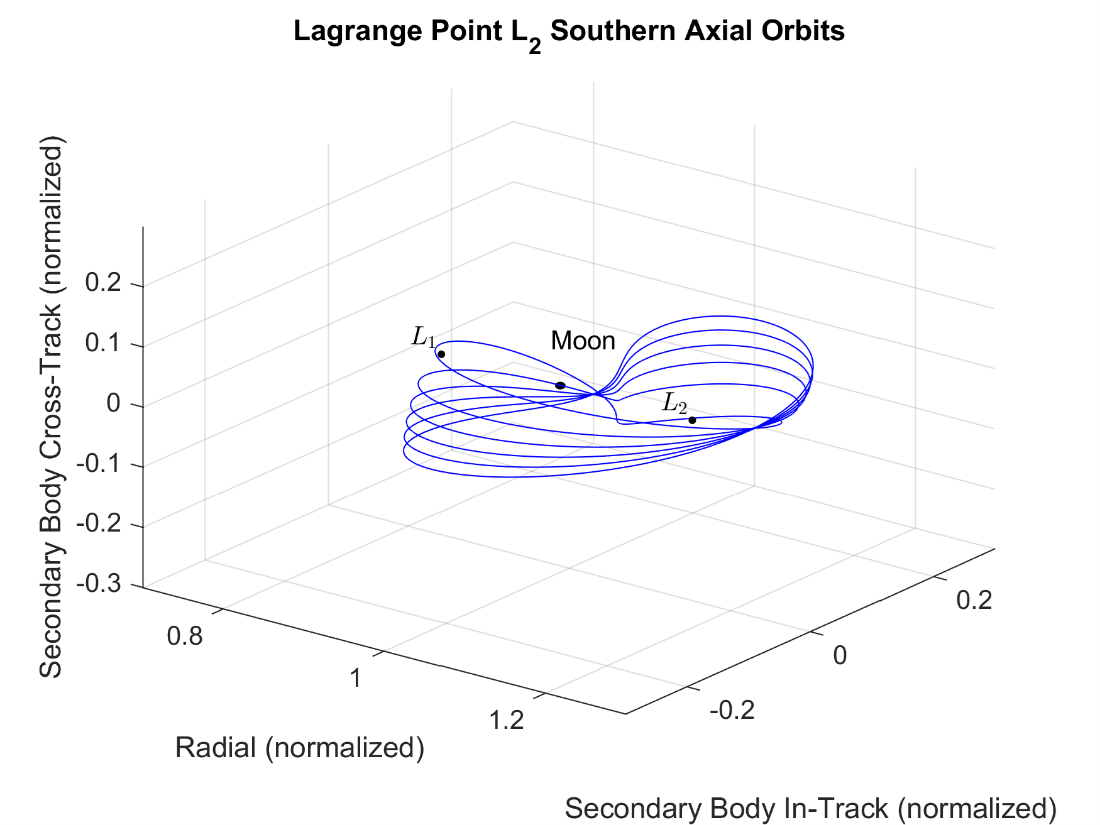
Figure 6-9: The southern axial periodic orbits about L2.
Vertical
Vertical periodic orbits have a bit more complex orbital geometry than the Lyapunov or halo orbits. The vertical family of periodic orbits form a figure eight intersecting the radial axis, which means at the intersection, its in-track and cross-track positions are both 0. However, there is a non-zero value for both the in-track and cross-track velocities at the intersection. Due to the introduction of a non-zero velocity in the cross-track direction, an adjusted STM needs to be used as shown on the STM page.
Figure 6-10 shows the compilation of the vertical periodic orbits with the L1, L2, L3 and the Moon included in the plot.
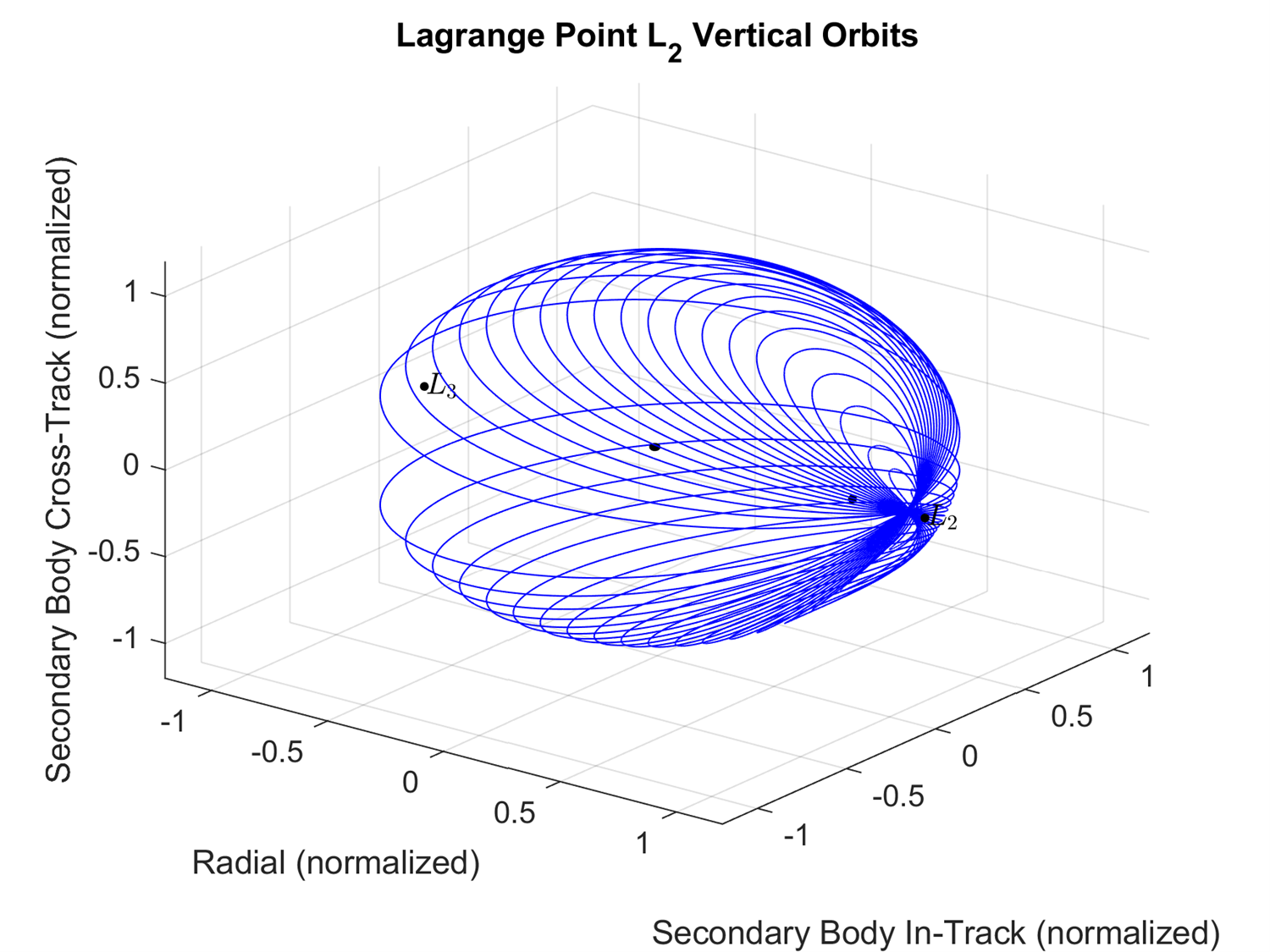
Figure 6-10: The vertical periodic orbits about L2.